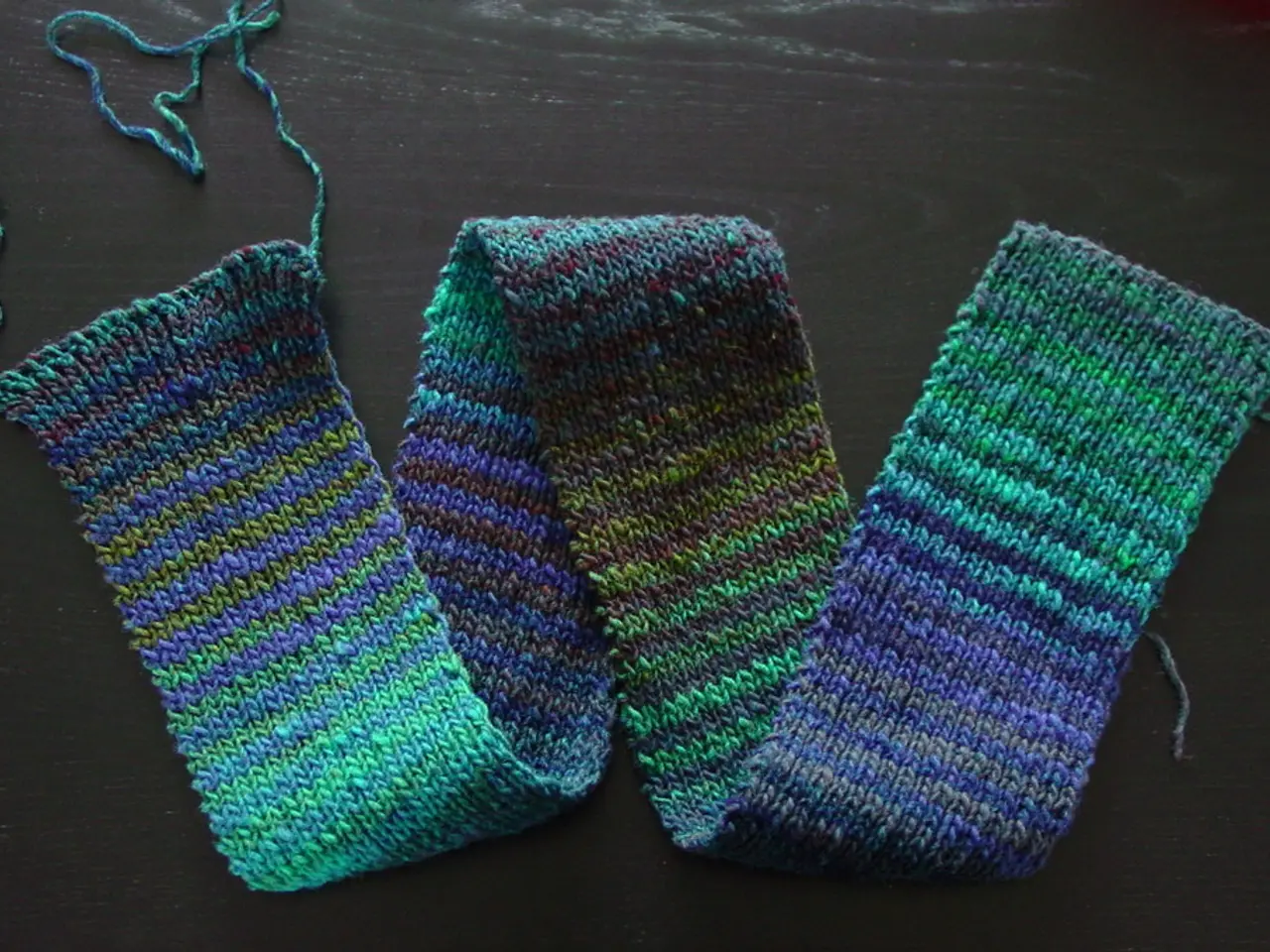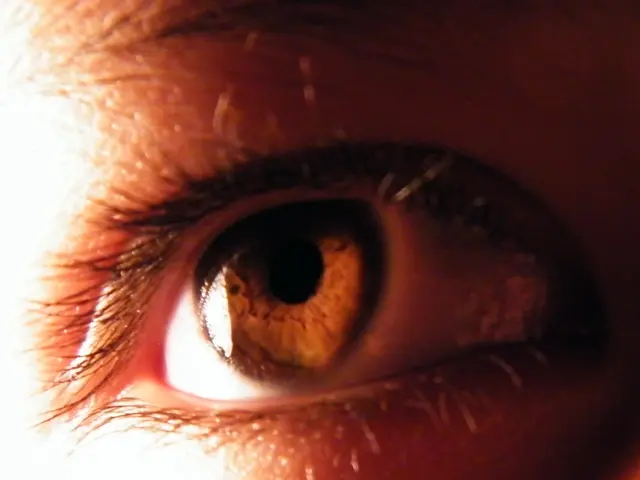Mastectomy aftereffects: Exploration of remedial measures and anticipations
In the realm of breast health, a mastectomy is a surgical procedure that is often performed to treat breast cancer. This procedure involves removing breast tissue, and the resulting scar can vary depending on the location of the cancer lesion and the type of incision made.
A nipple-sparing mastectomy, for instance, preserves the skin and areola, resulting in a scar on the side or base of the breast. On the other hand, a simple or total mastectomy removes the breast, areola, and nipple, leading to a visible scar across the chest. A skin-sparing mastectomy, while similar, also involves removing the nipple and one or more lymph nodes, leaving a medium-to-large scar on the front of the breast. Lastly, a modified radical mastectomy, which removes all breast tissue, lymph nodes in the breast and armpit, results in a large, visible scar on the chest.
For those who decide not to undergo breast reconstruction, there are various reasons, including health concerns, a preference for a quicker recovery, apprehensions about tissue or implants, or cost considerations. However, breast reconstruction can significantly improve the appearance of mastectomy scars.
To naturally reduce scarring following a mastectomy, a combination of topical treatments, physical techniques, and protective measures is recommended. Silicone gel sheeting, considered the gold standard for scar management, can improve scar appearance by up to 86% when used consistently for 12-24 hours daily over 2-3 months. Massage therapy, particularly gentle massage of scar tissue using circular motions, can break down adhesions, improve tissue flexibility, and promote collagen remodeling.
Protection from sun exposure is crucial, as UV-induced hyperpigmentation can worsen scar visibility permanently. Using a broad-spectrum sunscreen with SPF 30 or higher on healing scars is essential. Maintaining optimal wound moisture also aids in faster healing and less pronounced scarring.
Early initiation of scar management, within 2-3 weeks post-surgery, once sutures are removed and the wound has closed, significantly enhances long-term scar outcomes. For hypertrophic or keloid scars, steroid injections and laser therapies can be effective in reducing scar thickness and improving texture.
It is essential to discuss all options, including breast reconstruction and scar management techniques, with a surgeon. If a person feels their wishes about reconstruction are not being respected, they should consider seeking a second opinion. In some cases, tattoo artists specializing in designing three-dimensional nipples for mastectomy scar tattoos can cover unsightly scars.
After a mastectomy, a woman will likely have drainage tubes and need several weeks to recover. Using silicone sheets may improve the colour and appearance of the scar, but only after a surgeon has cleared the patient.
Ultimately, the decision to reconstruct a breast, cover a mastectomy scar, or live life without wearing a prosthesis is an individual choice. A woman who does not choose breast reconstruction may opt to wear a prosthesis or an adhesive, breast-shaped device.
References: [1] Scar Management Guide. (2021). American Academy of Dermatology. [2] Massage Therapy for Scar Reduction. (2020). Mayo Clinic. [3] Breast Reconstruction. (2021). American Cancer Society. [4] Tattooing for Scar Camouflage. (2020). Journal of Plastic, Reconstructive & Aesthetic Surgery.
- Reconstructive surgeries, such as nipple-sparing, skin-sparing, and breast reconstruction, can significantly alter the appearance of mastectomy scars.
- After a mastectomy, medical-conditions like breast cancer, womens-health, and health-and-wellness, may require various types of reconstructive surgeries, depending on the patient's unique case.
- Science and technology have provided numerous methods for scar management, including topical treatments, physical techniques, and protective measures, to minimize the visibility of mastectomy scars.
- Following a mastectomy, it is crucial to discuss various options, including scar management techniques and breast reconstruction, with a surgeon to make informed decisions about one's breast health and appearance.




